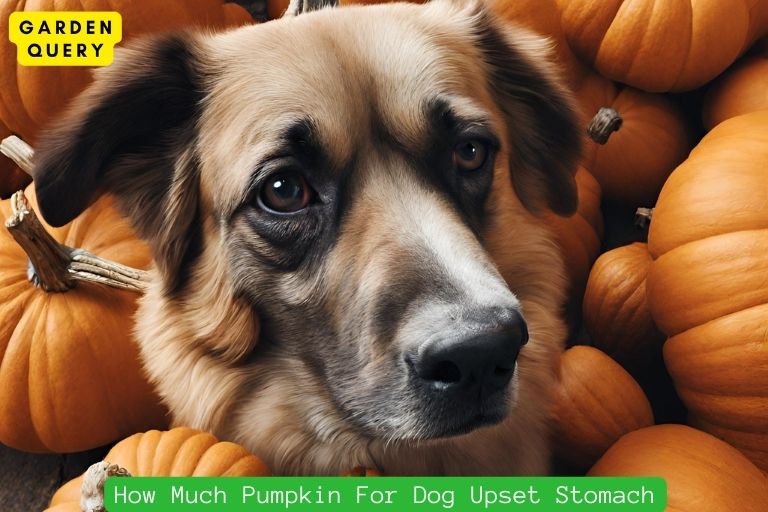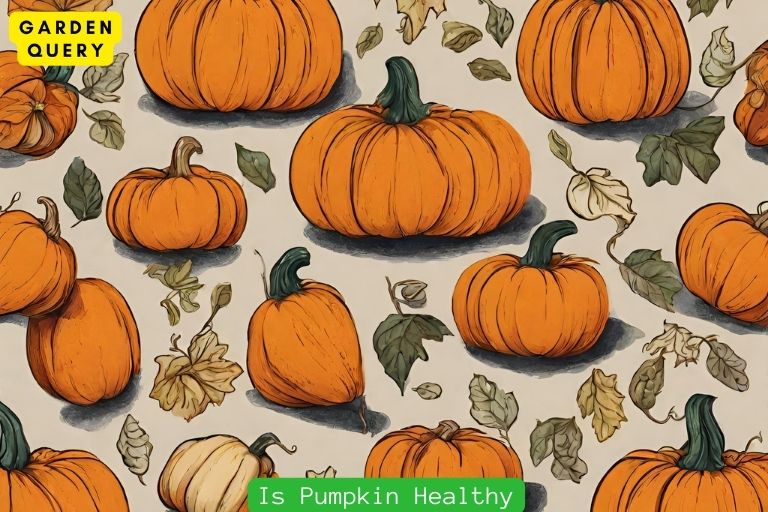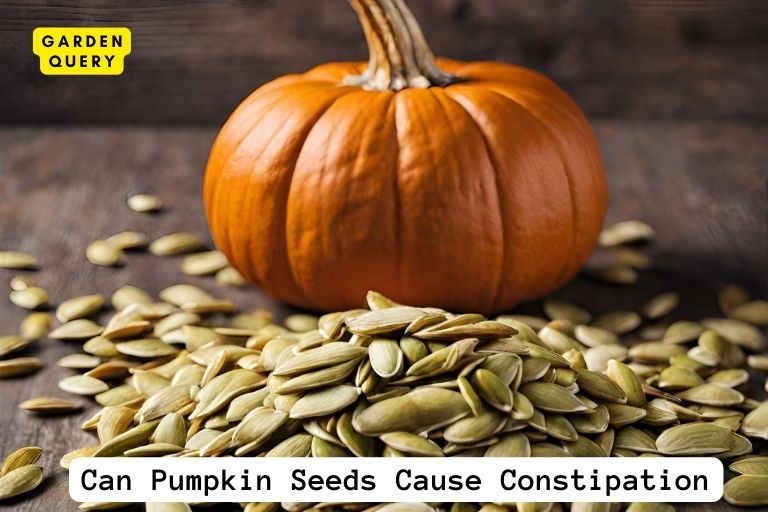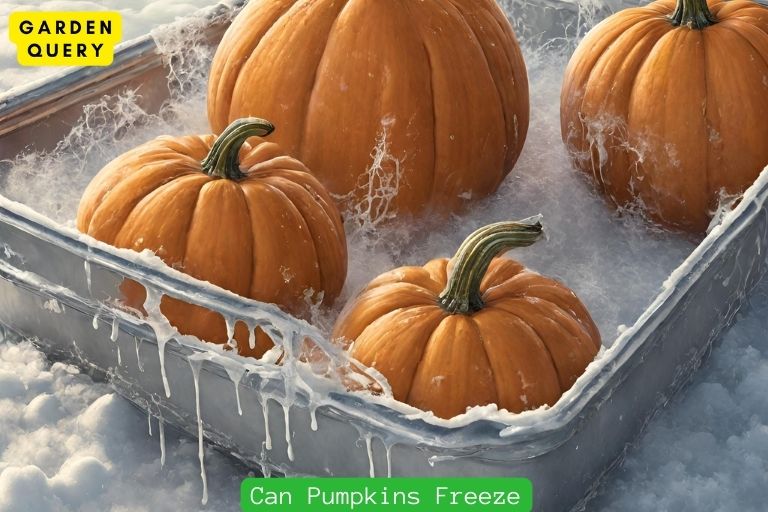How Many Pumpkins Grow From One Seed?
How Many Pumpkins Grow From One Seed
What to expect in this article
In this article, we will explore the fascinating world of pumpkin growth and cultivation. We will answer the common question of how many pumpkins can grow from a single seed and provide insights into the factors that can influence pumpkin yield. So, if you’re curious about pumpkins and want to learn more about their growth process, keep reading!
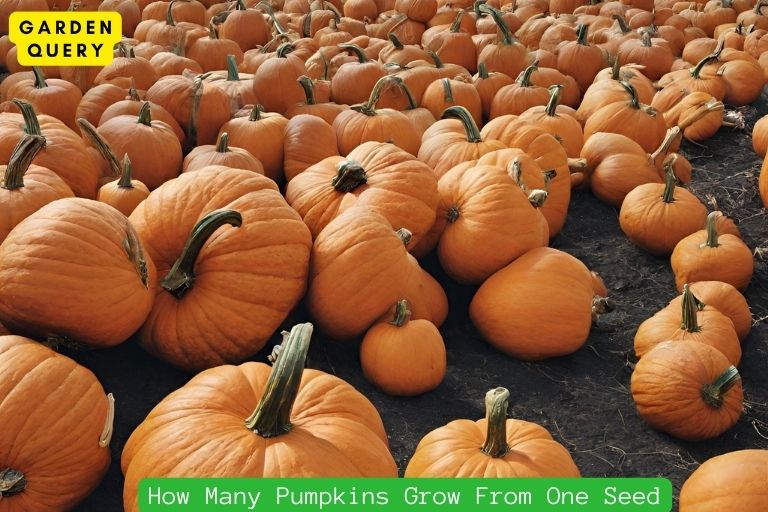
Understanding pumpkin growth and cultivation
Pumpkins are a popular and iconic symbol of fall, and their vibrant orange color and unique shapes make them a favorite for carving, decorations, and even delicious recipes. But have you ever wondered how many pumpkins can grow from a single seed?
The answer to this question can vary depending on various factors such as the specific pumpkin variety, growing conditions, and care provided. Generally, each pumpkin plant has the potential to produce multiple pumpkins. The number of pumpkins that grow from one seed can range from one to several, with some varieties producing as many as six or more pumpkins per plant.
When it comes to pumpkin growth, it’s important to note that not all flowers on the plant will develop into pumpkins. Female flowers, characterized by their small fruit at the base, have the potential to develop into pumpkins when successfully pollinated. Male flowers are responsible for pollination and do not produce fruit.
To maximize pumpkin yield, it’s essential to provide optimal growing conditions. This includes selecting a suitable planting site with well-draining soil, adequate sunlight, and proper spacing between plants to allow for proper air circulation. Regular watering and fertilizing can also contribute to healthy plant growth and increased pumpkin production.
It’s important to note that even the most experienced gardeners cannot guarantee an exact number of pumpkins per seed, as various factors can influence the outcome. Weather conditions, pests, diseases, and other environmental factors can affect pumpkin development and yield.
In conclusion, while it’s difficult to determine the exact number of pumpkins that will grow from a single seed, each plant has the potential to produce multiple pumpkins. By providing optimal growing conditions and care, you can increase the chances of a bountiful harvest. So, whether you’re a gardener or simply curious about pumpkins, enjoy the beauty and abundance that these versatile fruits can bring.
Factors Affecting Pumpkin Seed Yield
Environmental factors influencing pumpkin seed yield
Pumpkins are a favorite autumn staple, and growing your own can be a rewarding experience. However, the number of pumpkins that grow from one seed can vary depending on several environmental factors.
Temperature: Pumpkins thrive in warm temperatures between 70 to 85 degrees Fahrenheit (21 to 29 degrees Celsius). If the temperature drops below 50 degrees Fahrenheit (10 degrees Celsius) or exceeds 95 degrees Fahrenheit (35 degrees Celsius), it can adversely affect seed germination and overall fruit yield.
Sunlight: Pumpkins require at least 6 to 8 hours of direct sunlight daily. Insufficient sunlight can lead to weak seedlings and poor fruit set. It is essential to plant pumpkins in a location with ample sunlight exposure to maximize seed yield.
Watering: Adequate and consistent watering is crucial for pumpkin seed yield. Pumpkins need regular watering, especially during dry spells. Too much water can cause root rot, while insufficient water can lead to stunted growth and poor fruit development. Maintaining a balance and providing the right amount of water will promote healthy seed production.
The importance of soil quality and preparation
Healthy, nutrient-rich soil is vital for promoting pumpkin seed yield. Consider the following factors when preparing your soil for planting:
Soil pH: Pumpkins prefer slightly acidic to neutral soil with a pH range of 6.0 to 7.5. Test your soil’s pH and make necessary adjustments by adding soil amendments if needed.
Drainage: Good soil drainage is essential to prevent waterlogging and root rot. Ensure that the soil is well-draining to promote healthy root development and prevent disease.
Organic Matter: Incorporating organic matter, such as compost or well-rotted manure, into the soil before planting can improve its fertility and water-holding capacity. This provides essential nutrients to the plants and enhances seed production.
Weed Control: Keep the area around the pumpkin plants free from weeds. Weeds compete for nutrients and water, which can impact pumpkin seed yield. Regular weeding will help ensure that the pumpkins receive the resources they need to thrive.
Remember, growing pumpkins from seeds is a process that requires patience and proper care. By considering the environmental factors that affect pumpkin seed yield and providing optimal soil conditions, you can increase the chances of a bountiful harvest.
Pumpkin Seeds: Planting and Growing
Have you ever wondered how many pumpkins can grow from just one seed? If you’re planning to grow your own pumpkins and want to know what to expect, keep reading!
Steps to planting pumpkin seeds
- Choose the right variety: Before you start planting, decide which variety of pumpkin you want to grow. There are many different types, such as Jack-o’-lantern, pie, and miniature pumpkins. Each variety has different growing requirements and harvest times, so do some research to find the best fit for your needs.
- Prepare the soil: Pumpkins prefer well-draining soil that is rich in organic matter. Clear the area of any weeds or debris, and loosen the soil with a garden fork or tiller. Add compost or aged manure to improve the soil’s fertility.
- Plant the seeds: Plant pumpkin seeds directly into the soil. Dig a hole about 1 to 2 inches deep and place a seed in each hole. Cover the seeds with soil and gently pat it down. Space the seeds about 2 to 3 feet apart to allow the vines to spread.
- Water and maintain: Water the seeds immediately after planting and keep the soil consistently moist throughout the growing season. Avoid overwatering, as it can lead to rotting. Regularly check for signs of pests or disease and take appropriate measures to protect your plants.
Tips for proper watering and fertilization
- Watering: Pumpkins need about 1 inch of water per week. Deeply water the plants at the base rather than overhead to prevent mildew and other diseases. Water early in the morning to allow the leaves to dry before nightfall.
- Fertilization: Pumpkins are heavy feeders, so they require regular fertilization. Use a balanced fertilizer rich in nitrogen, phosphorus, and potassium. Apply the fertilizer according to the package instructions, usually every 2 to 4 weeks.
- Mulching: Mulching around the base of the plants can help retain moisture in the soil and prevent weed growth. Use organic materials such as straw, wood chips, or leaves for best results.
Remember that not all pumpkin seeds will produce viable plants. Some may fail to germinate or produce weak seedlings. On average, you can expect to get about 2 to 4 pumpkins per plant, depending on the variety and growing conditions. With proper care and maintenance, you’ll soon be enjoying your very own homegrown pumpkins!
Pumpkin Plant Development
Have you ever wondered how many pumpkins can grow from just one tiny seed? Well, the answer might surprise you! Pumpkin plants go through several stages of growth before they are ready to produce pumpkins. Let’s explore the fascinating journey from seed to harvest.
Stages of pumpkin plant growth
- Seed Germination: It all starts with a single pumpkin seed. When planted in warm soil, the seed absorbs water and begins to germinate. Within a week, the seedling emerges, with two small leaves called cotyledons.
- Vine Development: As the seedling grows, it develops a sprawling vine that can stretch several feet in length. This vine serves as the backbone for the pumpkin plants’ growth and provides support for the developing pumpkins.
- Flower Formation: After about four to six weeks, the pumpkin vine begins to produce flowers. These flowers contain both male and female parts. Bees and other insects play a crucial role in pollinating the flowers, transferring pollen from the male to the female flowers. Without proper pollination, pumpkins may not develop.
- Fruit Growth: Once the flowers are successfully pollinated, the plant starts developing pumpkins. Each female flower has a small, immature pumpkin behind it, known as the ovary. Over time, the ovary grows larger, and the pumpkin takes shape. The rate of growth depends on various factors such as temperature, water availability, and nutrients.
How long does it take for a pumpkin seed to grow?
The time it takes for a pumpkin seed to grow into a fully mature pumpkin varies depending on the variety and growing conditions. On average, it takes around 90 to 120 days for a pumpkin to reach maturity. However, certain faster-growing varieties can produce pumpkins in as little as 80 days.
During this time, it is essential to provide the pumpkin plants with proper care and maintenance. Regular watering, fertilizing, and protecting the plants from pests and diseases are crucial for healthy pumpkin growth.
So, the next time you plant a pumpkin seed, remember that it has the potential to produce one or more pumpkins. With a bit of patience and care, you can enjoy a bountiful harvest of these iconic fall fruits.
Pumpkin Harvesting and Seed Extraction
As the vibrant colors of fall start to emerge, many people find themselves wondering just how many pumpkins can grow from a single seed. Whether you’re planning on growing pumpkins for decoration, carving, or cooking, understanding the process of pumpkin seed extraction and harvesting is essential.
Signs of a ripe pumpkin
Harvesting the perfect pumpkin for seed extraction requires a keen eye and attention to detail. Here are some signs that indicate a pumpkin is ripe and ready for harvest:
- Color: The skin of a ripe pumpkin should have a deep, uniform color. For most varieties, this is a rich orange, but other colors like yellow, white, and even green can also indicate ripeness.
- Hardness: Gently press the pumpkin’s skin with your thumb. A ripe pumpkin will feel hard and sturdy, indicating that the fruit has reached its full maturity.
- Stem: Examine the stem of the pumpkin. A dried and withered stem is a good indication that the pumpkin is ready for harvest. If the stem is still green, it is likely that the pumpkin needs more time to mature.
Extracting and storing pumpkin seeds
Once you have harvested the ripe pumpkins, it’s time to extract and store the seeds for future planting or culinary use. Follow these steps to extract and store pumpkin seeds effectively:
- Remove the seeds: Cut open the pumpkin and scoop out the seeds using a spoon or your hands. Separate the seeds from the pumpkin flesh and place them in a clean container.
- Clean the seeds: Rinse the seeds thoroughly under running water to remove any pumpkin residue. This will prevent mold and bacterial growth during storage.
- Dry the seeds: Spread the seeds on a flat surface, such as a baking sheet or paper towel. Allow them to dry completely in a well-ventilated area for about a week.
- Store the seeds: Transfer the dried seeds to an airtight container, such as a glass jar or a plastic bag. Keep the container in a cool, dark place to maintain the seeds’ viability.
It’s worth noting that the number of pumpkins that can grow from a single seed can vary depending on various factors, including the pumpkin variety, growing conditions, and cultivation practices. However, with proper care and attention, each pumpkin seed has the potential to yield a beautiful pumpkin that will add charm to your autumn harvest.
Pumpkin Seed Yield: How Many Pumpkins from One Seed?
Factors affecting pumpkin seed yield
When it comes to growing pumpkins, there are several factors that can influence the number of pumpkins produced from a single seed. These factors include:
- Variety: Different pumpkin varieties have varying growth habits and characteristics, which can affect seed yield. Some varieties may produce more pumpkins from a single seed compared to others.
- Growing conditions: Pumpkin plants require adequate sunlight, water, and nutrient-rich soil to thrive. Factors such as temperature, humidity, and soil fertility can impact seed yield. Providing optimal growing conditions can increase the number of pumpkins produced.
- Pollination: Proper pollination is crucial for pumpkin seed yield. Pumpkins rely on insect pollinators, like bees, to transfer pollen between flowers. Adequate pollination increases the chances of each flower developing into a pumpkin. If pollination is limited, the seed yield may be lower.
Average number of pumpkins grown from one seed
While the number of pumpkins grown from a single seed can vary, on average, one pumpkin seed can produce around 2 to 5 pumpkins. However, it’s important to note that this is just an estimate and the actual yield may vary.
In some cases, pumpkin vines may produce more than one fruit per node, resulting in multiple pumpkins growing from a single seed. This phenomenon, known as “double-pinning,” can increase the overall seed yield.
It’s also worth considering that not all pumpkin seeds will germinate successfully and develop into healthy plants. Factors such as seed quality, pests, diseases, and environmental conditions can affect seed germination and plant survival rates.
To maximize pumpkin seed yield, it’s recommended to choose high-quality seeds, provide optimal growing conditions, and ensure proper pollination. Additionally, regular monitoring, pest control, and timely maintenance practices can help enhance seed yield.
In conclusion, the number of pumpkins grown from one seed can vary due to factors such as variety, growing conditions, and pollination. While an average estimate is around 2 to 5 pumpkins, it’s important to remember that actual seed yield may differ. By understanding the factors that influence seed yield and implementing appropriate gardening practices, you can increase the chances of growing a bountiful pumpkin harvest.
- Best Therapists In Dallas - February 1, 2024
- Holly Willoughby Husband: Holly Willoughby’s Love Story - January 30, 2024
- Holly Willoughby Dress: 5 Style Secrets and 7 Must-Know Career Milestones - January 30, 2024
